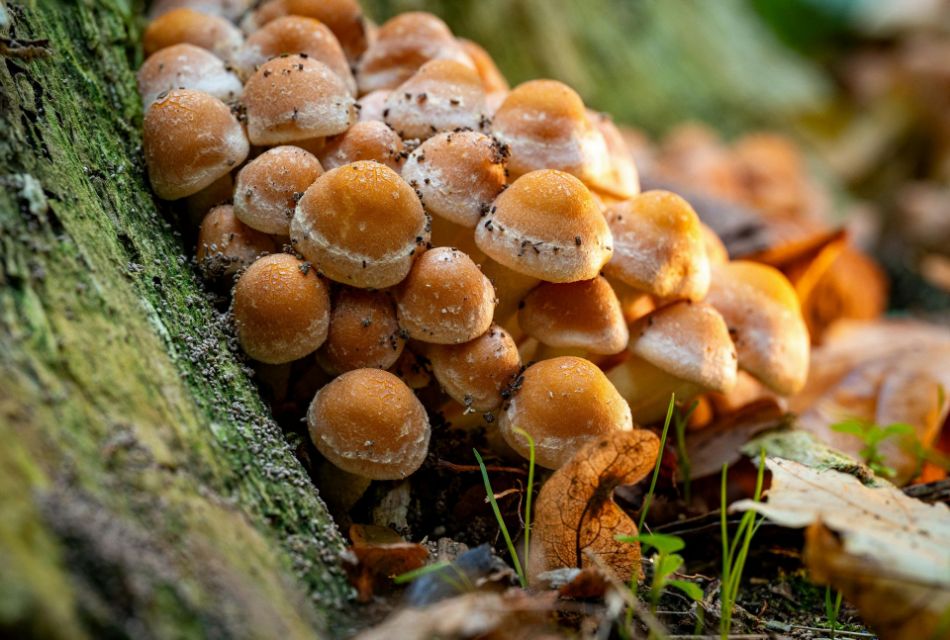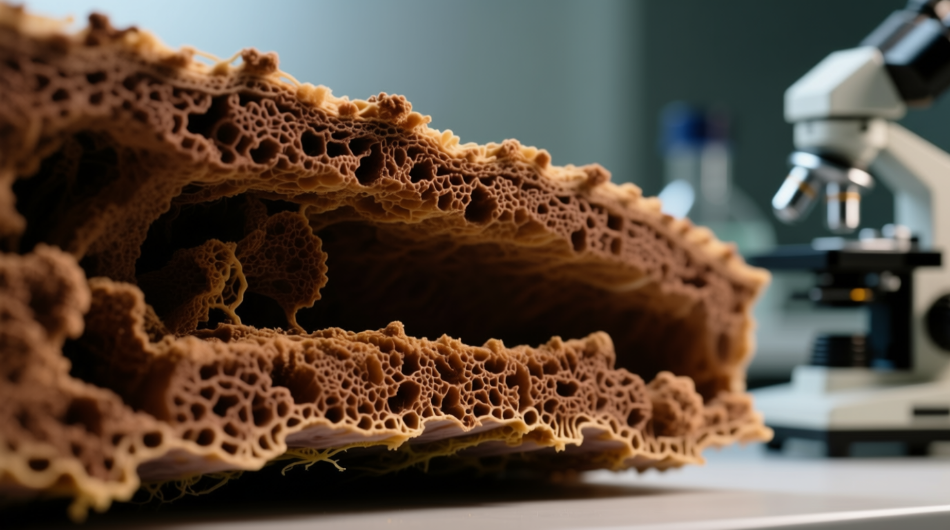In the world of mycology, there are organisms with extraordinary properties, capable of profoundly influencing the ecosystems in which they live. Among these, some fungi develop defense and competitive mechanisms so effective that they can be considered true natural biological weapons. This article explores in depth the characteristics of one such fungi, common in our gardens but with exceptional properties.
For decades, acne was considered a condition primarily linked to bacteria, hormones, and excessive sebum production. However, recent research is illuminating an unexpected player in this complex dermatological drama: the kingdom of fungi. This article aims to explore in depth the intricate connections between acne, the fungal skin microbiome, known as mycobiota, and the potential solutions that the vast world of edible and medicinal mushrooms can offer. Through a detailed analysis of scientific studies, statistical data, and pathophysiological mechanisms, we will dissect a cutting-edge topic in dermatology and mycology applied to wellness, offering a new perspective to those suffering from this common and often difficult-to-manage skin condition.
Mushroom cultivation represents one of the most fascinating frontiers of applied mycology, a bridge between cutting-edge scientific research and practical production techniques. Among the factors determining the success or failure of a cultivation, the composition of the growth medium plays a fundamental role. In this article, we will explore in depth the structure of lignocellulose, analyze the delicate balance between cellulose and lignin, and discover how this ratio directly influences the ability of fungi to colonize the substrate, with implications ranging from production yield to biomass degradation efficiency.












